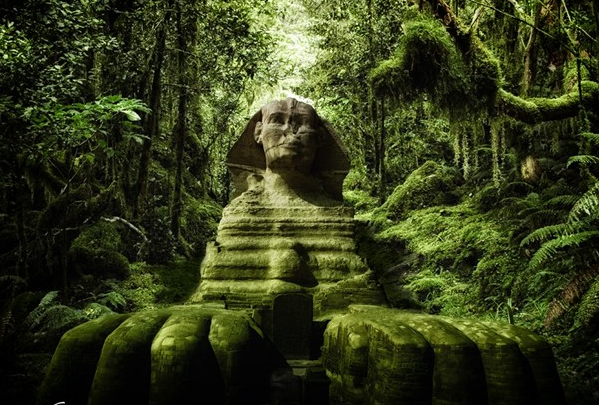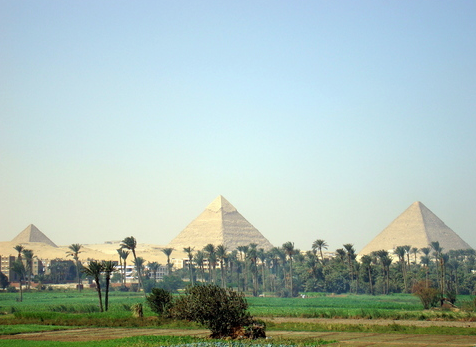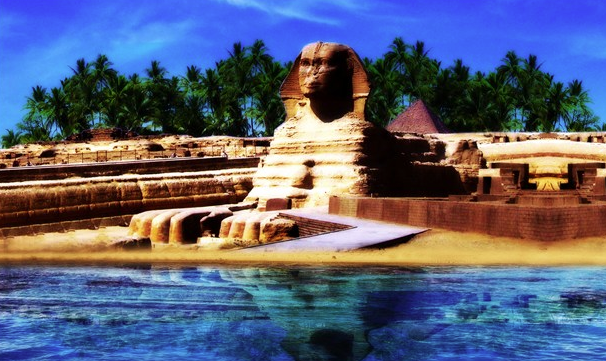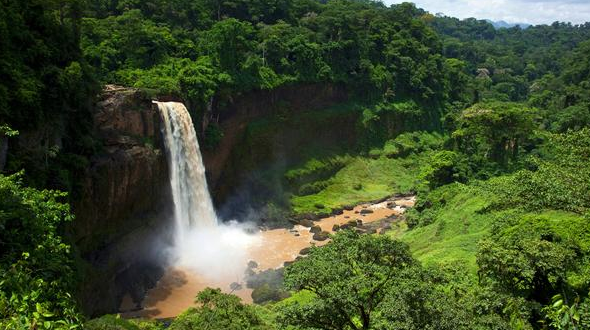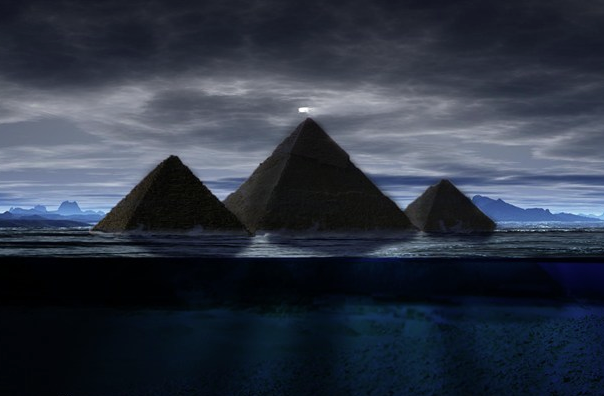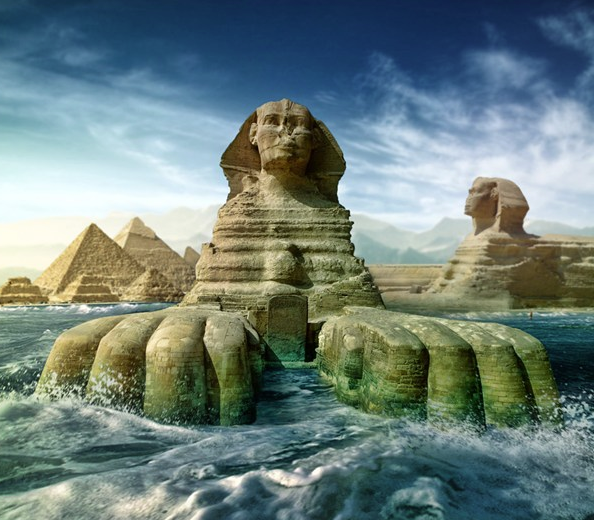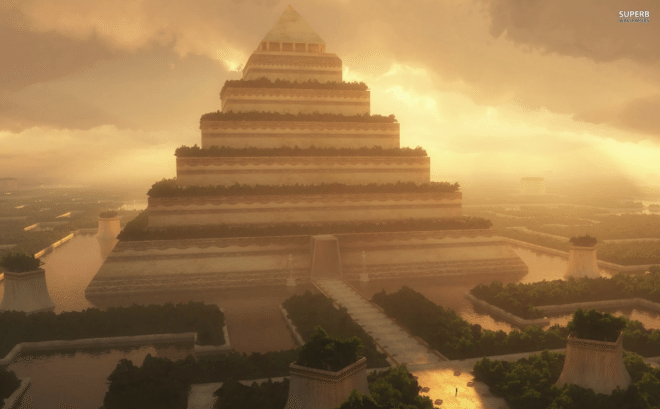
The Sahara Desert: Once A Literal Eden on Earth
The very idea of the Sahara desert evokes images of dry, desolate landscapes, harsh environment, and sand: lots and lots and lots of sand. The great pyramids of Giza are located in what is known as the Western Desert, which is in turn part of the greater Sahara desert itself – once again evoking stark images of lonely, mysterious structures surrounded by… sand.
Recently, however, a group of skeletons found laid to rest on a bed of flowers began truly putting the theory of the Sahara always having been a desolate wasteland into question. The 5,000 year old woman and her two children, embracing in death as they might have in life, were buried on a massive bed of flowers.

BYPASS THE CENSORS
Sign up to get unfiltered news delivered straight to your inbox.
You can unsubscribe any time. By subscribing you agree to our Terms of Use
Latest Video
The expedition, originally meant to look for dinosaur remains in the Northern regions of Africa had come across something even more startling than the skeletons.
According to a 2008 article by the Daily Mail: “Some 200 graves of humans were found during fieldwork at the site in 2005 and 2006, as well as remains of animals, large fish and crocodiles.
‘Everywhere you turned, there were bones belonging to animals that don’t live in the desert,’ said Sereno.
‘I realized we were in the green Sahara.‘” [1]
The Green Sahara
Can you just imagine it? Green, lush jungle with massive pyramids jutting out from the treetops – a scene not unlike the majestic pyramids in South America? It’s actually not the first time that we knew of the Sahara’s (albeit brief) history as a lush, evergreen paradise in the sun.
Newser writes, “You wouldn’t know it from looking around today, but the Sahara desert was once a lush, green wonderland of lakes, vegetation, and animals.
And then poof, relatively speaking, it turned into the desert we know today. Researchers studying 30,000 years of dust sediment off the coast of Africa say the change occurred 5,000 years ago across North Africa over the course of one or two centuries, reports MIT News.
Prior to the change, which LiveScience calls ‘one of the planet’s most dramatic climate shifts,’ the region had been green for about 6,000 years in what’s known as the African Humid Period.” [2]
Green Once Again?
According to National Geographic, climate change – and it doesn’t matter whether you believe it is man-made or not – because climates DO change (See: Ice Age), may be accelerating the Sahara into a new green period.
“The last green phase, which started some 12,000 years ago, may be due to increased water evaporation from oceans. This led to monsoon rains that penetrated the interiors of tropical continents, he said.
‘Now, today, man is probably causing the same thing,’ he said.
Kröpelin, who has studied the region for almost 30 years, said that since 1988 ‘there [has been] a strong indication [of] a return of increasing rains’ in the eastern Sahara.
Already in some areas ‘you can see slight changes in the vegetation,’ he said.” [3]
The Ancient Connection
There is a school of thought that believes the pyramids and sphinx are much, much older than the normally quoted few thousand years – and that they are, in fact, 10,000 years old or more. According to the website “The Atlantean Conspiracy”, “The Sphinx, which Egyptologists say is less than 5,000 years old, is actually at least 10,000 years old based on its weathering alone.
Geologists confirm that it has been eroded by massive amounts of water which hasn’t been present in the Sahara for about 10,000 years. Egyptologists claim this weathering is just wind/sand erosion, but Geologists like Robert Schoch find that hard to swallow.
‘In October 1991, Dr Robert Schoch, a geologist at Boston University, presented detailed evidence that the Sphinx was thousands of years older than the commonly accepted date of 2500 BC.-’ His conclusion was based on the weathering profile of the limestone rock, out of which the Sphinx had been carved.
Visitors to the Sphinx today can clearly see the vertical weathering profile in the limestone trench surrounding the Sphinx. This erosion, according to the science of geology, could only be the result of prolonged rainfall, in contrast to the dry weather experienced in Egypt since 2500 BC. Based on the climatic evidence, Schoch estimated that the Sphinx had to be between 9,000 and 12,000 years old, when the climate in Egypt was much wetter.’” [4]
Could you imagine? A lush tropical paradise where mammoth pyramids stuck out of gorgeous jungles with wild animals unknown to modern man roamed the forests? It sounds far out, but just how far out could it really be? Maybe this is the missing link to Atlantis that many have searched for? But that is an article for a different time.
[2] http://www.newser.com/story/165767/once-green-sahara-turned-to-dust-quickly.html
[3] http://news.nationalgeographic.com/news/2008/05/080508-green-sahara_2.html
[4] http://www.atlanteanconspiracy.com/2008/06/great-pyramid-mystery.html
http://www.livescience.com/28493-when-sahara-desert-formed.html
http://web.mit.edu/newsoffice/2013/sahara-was-far-less-dusty-than-today-0405.html


